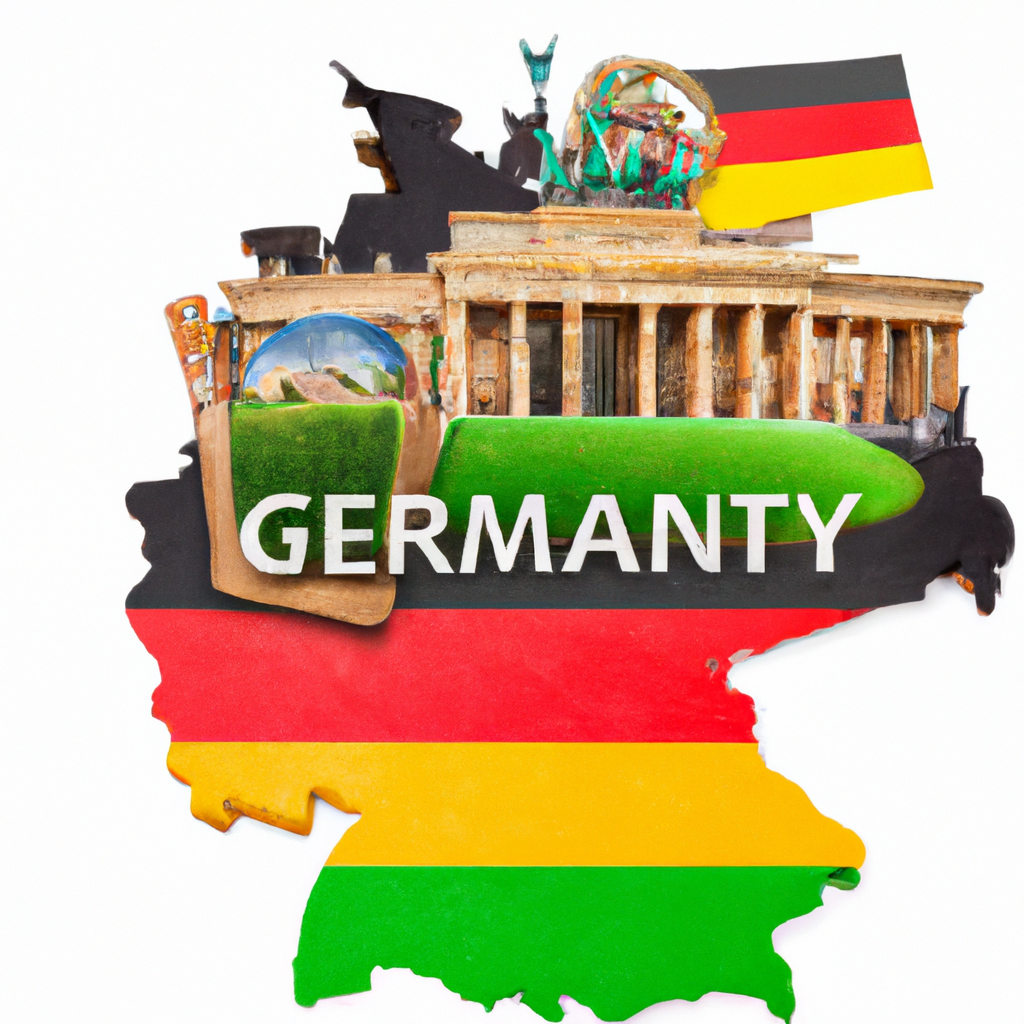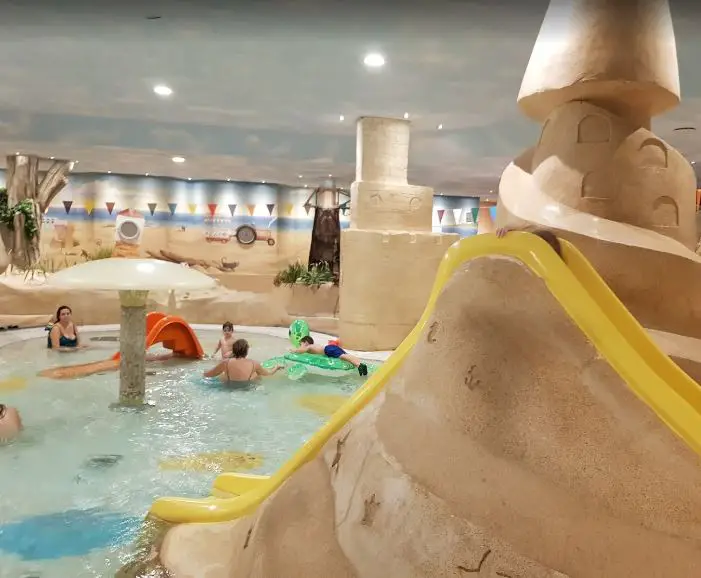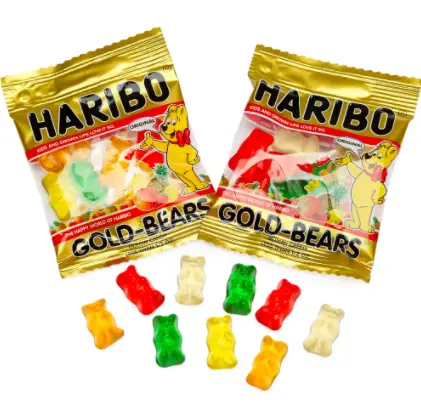Are there opportunities for geocaching and treasure hunting?
Post ByAdequate Travel
Summary
If you are looking for a fun and exciting activity for your kids or yourself, geocaching and treasure hunting can be an excellent way to spend time outdoors. This article will explore the different opportunities available for geocaching and treasure hunting, from large-scale hunts to smartphone-enabled initiatives. Read on to find out more about geocaching and treasure hunting and how you can get involved!
As you prepare for your journey, familiarize yourself with the specific entry requirements, including any necessary visas or documentation.
Yes, there are plenty of opportunities for geocaching and treasure hunting. Here is a detailed explanation with headings and examples:1. Geocaching:Geocaching is a popular outdoor recreational activity where participants use GPS coordinates to hide and seek containers, known as geocaches, at specific locations all around the world. These hidden containers can be found in urban areas, parks, forests, mountains, and various other locations. Geocaching provides an excellent opportunity for adventure and exploration while utilizing technology for navigation.Examples:a) Traditional Geocaches: These are the most common type of geocache. They usually consist of a waterproof container with a logbook and some trinkets or small items for trading. Geocachers locate these containers using GPS coordinates and then sign the logbook to mark their find.b) Puzzle or Mystery Caches: These caches involve solving puzzles or riddles to obtain the coordinates needed to find the cache. It adds an extra layer of challenge and intellectual stimulation to the geocaching adventure.c) EarthCaches: EarthCaches focus on geological features or educational aspects of a particular location. Instead of physical containers, geocachers have to answer questions or learn about the site to log the cache as found.2. Treasure Hunting:Treasure hunting involves searching for valuable items, artifacts, or hidden treasure using various methods like metal detectors, historical research, or clues. Unlike geocaching, which is more focused on the activity itself, treasure hunting often has the allure of discovering something of historical, cultural, or monetary significance.Examples:a) Metal Detecting: With the use of metal detectors, treasure hunters scan the ground for buried metal objects like coins, jewelry, relics, or hidden caches. Metal detecting can be done in fields, parks, beaches, or even historical sites, depending on local regulations and laws.b) Historical Research: By studying historical records and documents, treasure hunters can uncover clues or stories about lost treasures such as shipwrecks, buried valuables, or secret stashes. This type of treasure hunting often requires extensive research and understanding of the historical context.c) Fossil Hunting: In certain areas, treasure hunting can also involve searching for fossils and ancient artifacts. This includes exploring fossil-rich locations, digging in quarries, or participating in organized fossil hunting events.In summary, geocaching offers a modern and technology-driven treasure hunting experience, while traditional treasure hunting involves searching for valuable objects of historical, cultural, or monetary importance. Both activities provide unique opportunities for adventure, exploration, and the thrill of discovery.
Yes, there are plenty of opportunities for geocaching and treasure hunting. Here is a detailed explanation with headings and examples:1. Geocaching:Geocaching is a popular outdoor recreational activity where participants use GPS coordinates to hide and seek containers, known as geocaches, at specific locations all around the world. These hidden containers can be found in urban areas, parks, forests, mountains, and various other locations. Geocaching provides an excellent opportunity for adventure and exploration while utilizing technology for navigation.Examples:a) Traditional Geocaches: These are the most common type of geocache. They usually consist of a waterproof container with a logbook and some trinkets or small items for trading. Geocachers locate these containers using GPS coordinates and then sign the logbook to mark their find.b) Puzzle or Mystery Caches: These caches involve solving puzzles or riddles to obtain the coordinates needed to find the cache. It adds an extra layer of challenge and intellectual stimulation to the geocaching adventure.c) EarthCaches: EarthCaches focus on geological features or educational aspects of a particular location. Instead of physical containers, geocachers have to answer questions or learn about the site to log the cache as found.2. Treasure Hunting:Treasure hunting involves searching for valuable items, artifacts, or hidden treasure using various methods like metal detectors, historical research, or clues. Unlike geocaching, which is more focused on the activity itself, treasure hunting often has the allure of discovering something of historical, cultural, or monetary significance.Examples:a) Metal Detecting: With the use of metal detectors, treasure hunters scan the ground for buried metal objects like coins, jewelry, relics, or hidden caches. Metal detecting can be done in fields, parks, beaches, or even historical sites, depending on local regulations and laws.b) Historical Research: By studying historical records and documents, treasure hunters can uncover clues or stories about lost treasures such as shipwrecks, buried valuables, or secret stashes. This type of treasure hunting often requires extensive research and understanding of the historical context.c) Fossil Hunting: In certain areas, treasure hunting can also involve searching for fossils and ancient artifacts. This includes exploring fossil-rich locations, digging in quarries, or participating in organized fossil hunting events.In summary, geocaching offers a modern and technology-driven treasure hunting experience, while traditional treasure hunting involves searching for valuable objects of historical, cultural, or monetary importance. Both activities provide unique opportunities for adventure, exploration, and the thrill of discovery.
Suggested Questions
- Ehrenbreitstein Fortress, Koblenz: Horror Story, History & Paranomial Activities
- Schloss Löwenstein, Kleinheubach: Horror Story, History & Paranomial Activities
- Villa Hügel, Essen: Horror Story, History & Paranomial Activities
- Schloss Moritzburg, Moritzburg: Horror Story, History & Paranomial Activities
- Walhalla Memorial, Donaustauf: Horror Story, History & Paranomial Activities
- Hohenzollern Castle, Hechingen: Horror Story, History & Paranomial Activities











